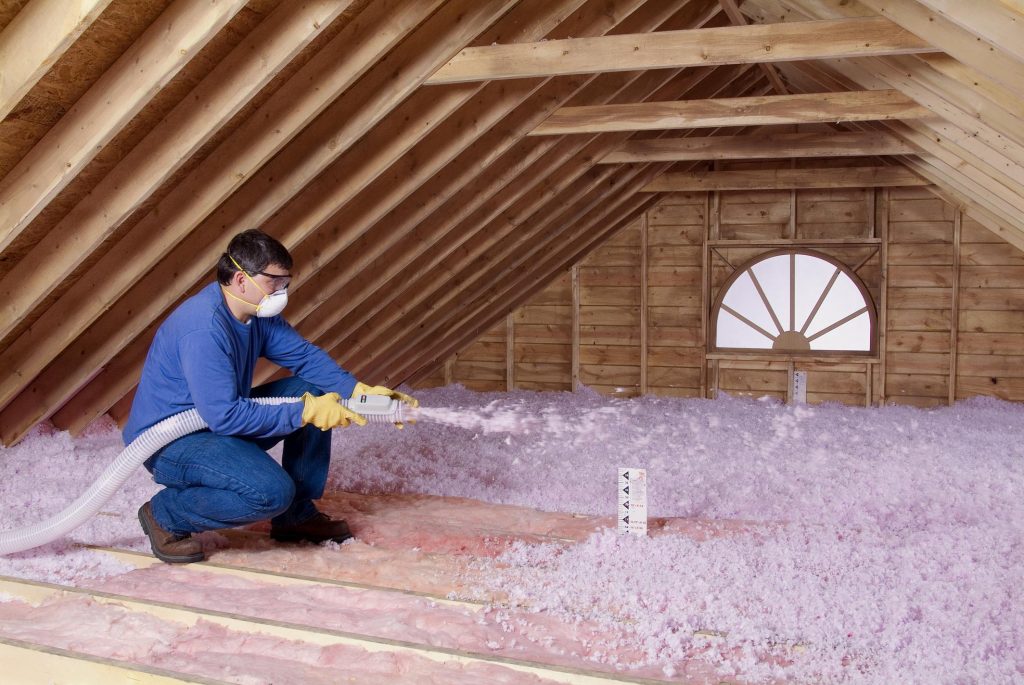Any air that leaks out of your home, including past the doors, windows, exterior walls, and through any other openings, wastes a great deal of energy in addition to increasing your utility bills. A properly sealed home along with the correct amount of insulation will make all the difference in terms of energy efficiency. Here are some key ways to make the most of your home’s insulation to keep your home as energy efficient as possible while saving you money.
1. Install Adequate Insulation
Insulating your home is one of the most practical things to do first in order to maximize energy efficiency since the expense to heat and cool it takes up a huge percentage of your utility bill. In addition to decreasing energy waste, the right amount of insulation will enhance your comfort levels by diminishing drafts and maintaining stable temperatures throughout the home. Overall, the most important places to insulate generally include the walls, attic, and floors.
2. Why You Need Energy Efficient Windows
A good amount of heat is lost through a home’s windows. Therefore, it’s best to replace them to reduce energy loss and costs if you notice one or more of the following issues with your windows:
• Damaged seals or window frames
• Cracked glass panes
• Poorly fitting sashes
• Rotten wood
• Missing putty
What is U-value?
U-value is how windows are rated, which refers to its level of insulating ability overall. A window’s U-value is based on the kind of window frame, how much air space it has in-between panes, and how many glass panes it has. For instance, the lower the number, the more efficient the window is at stopping heat transference. You can learn more about windows and their corresponding U-values from All-West Glass Edmonton Ltd. and similar specialty companies.
3. The Importance of Weatherstripping and Caulking
Besides poor insulation, another prime source for a home’s energy loss is air leaks, which is why properly caulking and using the required weatherstripping materials is crucial.
To check for air leaks, close every door, window, and fireplace flue as well as shut off every ventilating fan to make the leaks easier to find. Some of the most typical places leaks occur include the following:
• Around window and doors
• Behind electrical switches and outlets
• Along band joists and sill plates
• Around chimney penetrations through exterior walls and insulated ceilings
• Around the hatches for access to the attic
• Around ceiling fans and recessed lighting
• Near plumbing pipes in ceilings and floors
Increase the comfort level of your home and keep it warmer without the need to adjust your thermostat by optimizing every inch of your home’s insulation first.
